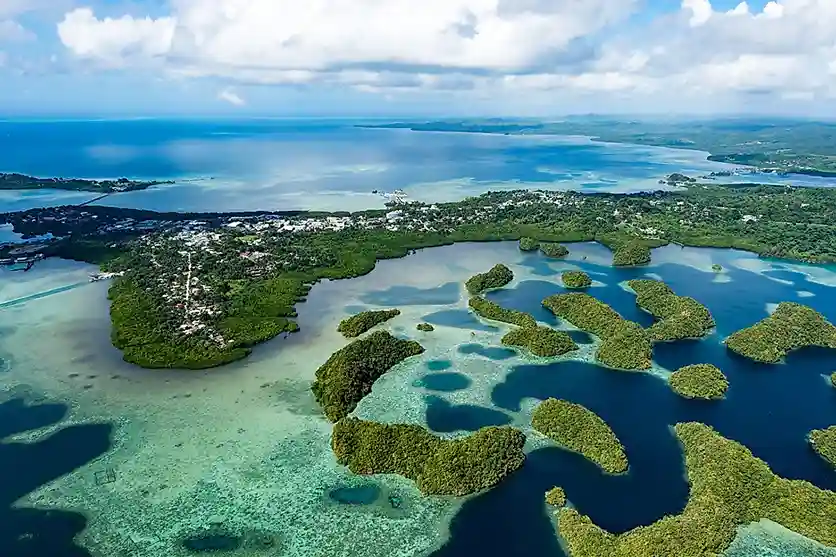
rising sea levels
Recently, UN Secretary-General, Antonio Guterres generated a climate warning named SOS (Save our Seas) as a concern for the rising sea levels in the Pacific.
Guterres said that the Pacific levels are at high risk, especially near Tonga and Samoa which would create problems for the 90 per cent of the regional population that lives near the said area.
(Also read: UN Secretary-General, Guterres, Generates SOS Warning (Save Our Seas))
On 25th September 2024, global leaders would gather for a UN meeting regarding rising sea levels and what measures could be taken to curb the escalated threat for our future.
Some pointers that would help you take notice of the matter’s intensity:
- The ocean levels have risen by around 20-23 centimeters in the past three decades, which is 8-9 inches. The rate of increase is much higher than the average global sea level rise.
- The UN’s World Meteorological Organization (WMO) confirmed in 2023 that the average global sea levels have reached an unexpectedly high rate that their satellites have recorded.
- Only the past ten years, the global average sea levels have risen faster than what was recorded earlier in 1993 to 2002.
How rising sea levels are a concern?
Rising sea levels occur when ocean warming takes place more than the per year average. Due to global warming, the melting of glaciers and ice sheets raised the levels of water that are directed towards the Antarctic Ocean, a direct consequence of the phenomenon called climate change.
Several countries and their industries are now aiming for sustainable goals, which are part of the Paris Agreement 2015. Keeping global warming 1.5°C above the pre-industrial levels is one of them. However, keeping the same goal persistent, the planet would still witness greater levels of sea rise than expected.
Moreover, the regional differences in the rise of sea levels are due to the ocean’s circular patterns, such as the Gulf Stream. It would affect each area differently, and precautions need to be taken accordingly.
The consequences?
According to the United Nations news center, the rising sea levels not only have physical implications on the environment but also economic, social and cultural effects as well. All nations of the world, despite the different intensities of sea water rise hitting differently, would be vulnerable to this impact.
For instance, one of the impacts would be saltwater flooding which would produce detrimental effects on the coastal habits. The coral reefs, fish stocks and agricultural lands would not be able to sustain their lives. Further, the land infrastructure, particularly for crop yielding, housing and lives of coastal communities will be adversely affected.
Waterborne diseases due to flooding are one of the biggest healthcare concerns of rising sea levels. Mental and physical health would both be negatively impacted once the water control goes out of hand.
Tourism revenues would deteriorate if a region is hit by flooding. It would be a problem in the spotlight for the small island developing states (SIDS). The beaches, resorts and various tourist attractions would be damaged once the floods go wild.
The link between rising sea levels and climate change
With rising global temperatures, warm waters create the ultimate climate change dilemma as oceans absorb a great amount of heat. Warm water grows in great volumes, as a result of the concept called thermal expansion– a significant contributor to the rising sea level.
It is predicted that the phenomenon will create a never-ending catastrophic loop that will affect 900 million people, especially those living near the sea.
The United Nations informed that the regions that would be largely affected are the coastal zones like Bangladesh, China, Pakistan, Netherlands, and Sri Lanka etc.









1 thought on “How Do Rising Sea Levels Affect Us? An Escalated Threat To Our Future”